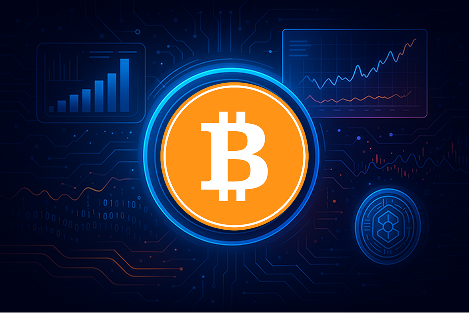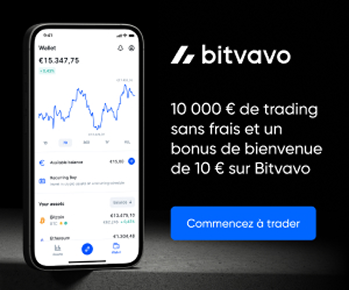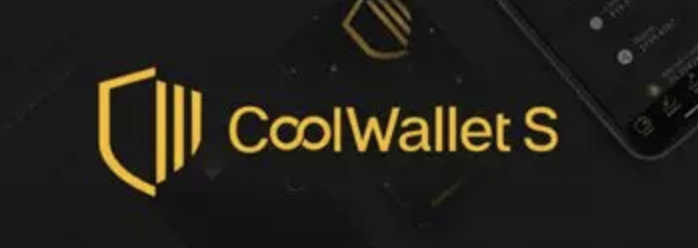In this expert guide on How to analyze crypto tokenomics, we break down exactly how to evaluate a token’s economic model so investors can make smarter decisions. Whether you’re a beginner investor, trader, or Web3-curious reader, this complete walkthrough demystifies token economics and empowers you to assess any project’s fundamentals and risks.
What Is Tokenomics?
Tokenomics—a blend of “token” + “economics”—is the study of how a token is issued, distributed, utilized and governed. It links the token’s economic design (supply dynamics, utility, burn and inflation mechanisms) with incentives for stakeholders and market valuation. Good tokenomics balance supply and demand, utility and incentive, to align investor interests.
Key Components of Tokenomics to Analyze
Total Supply vs Circulating Supply
- Total Supply: All tokens created to date
- Max Supply: Cap if any; unlimited = inflationary risks
- Circulating Supply: Tokens available to trade now
Gap between circulating and max supply indicates future dilution risk.
Initial Distribution (VCs, Team, Community, Airdrops)
Track allocation to founders, investors, community and airdrops. Heavy early‑holder concentration or whale ownership can lead to price manipulation or dumps .
Vesting Schedules & Token Unlocks
Team and advisors should have locked vesting periods to prevent early dumps; look at the vesting period and unlock timing carefully.
Token Utility (Payments, Staking, Governance, Gas Fees…)
Understand token usefulness: does it power a protocol (gas), provide staking/gas yield, grant governance tokens rights, or facilitate fees? High crypto token utility supports demand.
Inflationary vs Deflationary Models
- Inflationary: New tokens minted or staking rewards (e.g. PoS)
- Deflationary: Token burns reduce total supply over time
Check mint rate, burn mechanisms and emission signaling.
Burn Mechanisms & Buyback Programs
Regular burns or buybacks (e.g. BNB quarterly burns) can offset inflation and support price stability.
Governance and Voting Rights
Does the token confer voting power? Are governance rights proportional? Centralized governance can reduce long‑term trust.
How to Evaluate a Project’s Tokenomics in Practice
Step‑by‑Step Guide
- Read the whitepaper and tokenomics section.
- Use on‑chain data (e.g. token unlocks dashboards).
- Check platforms like CoinGecko or Messari for supply metrics.
- Examine vesting schedules, burn history and team allocation.
Examples: Good vs Bad Designs
- Good: Capped supply, balanced initial allocation, clear utility, locked team tokens
- Bad: Unlimited minting, high early investor share, immediate unlocks, minimal token utility
Red Flags to Avoid
- Excessive centralization or whale control
- No real token utility or weak economic incentives
- Uncontrolled emissions that dilute holders
- Lack of transparency in vesting or whitepaper claims.
Tools & Platforms to Analyze Tokenomics
| Tool | Purpose |
|---|---|
| Messari | Tokenomics overview, supply stats, unlocks |
| Token Unlocks | Vesting schedule visualisations (e.g., cliff unlocks) |
| CoinGecko / CoinMarketCap | Circulating vs max supply, market cap, token metrics |
| Dune Analytics | Custom dashboards: distribution, emissions, on‑chain flows |
| On‑chain explorers | Direct contract inspection for mint/burn behavior |
Use all these to triangulate the true tokenomics structure and health.
Conclusion & Key Takeaways
- How to analyze crypto tokenomics thoroughly means reading the whitepaper, understanding supply dynamics, distribution, vesting schedules, utility use cases, inflation and burn mechanisms, and governance structures.
- Tokenomics is one pillar of crypto valuation, but must be assessed alongside team, community, technology and market sentiment.
- Focus on long-term alignment: tokens that reward holders, limit dilution, and serve real functions typically outperform hype‑driven tokens.
For a deeper dive into charting techniques that complement tokenomics, check out our guide: How to Read Crypto Candlestick Charts: A Beginner’s Guide
And if you’re exploring future opportunities based on solid token models, don’t miss: Top AI Crypto Projects 2025
















